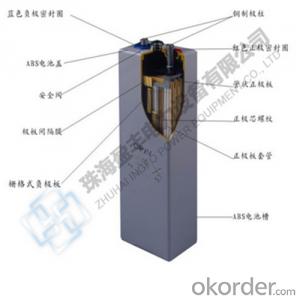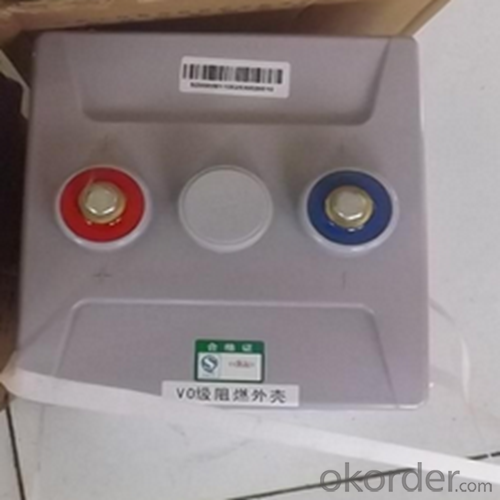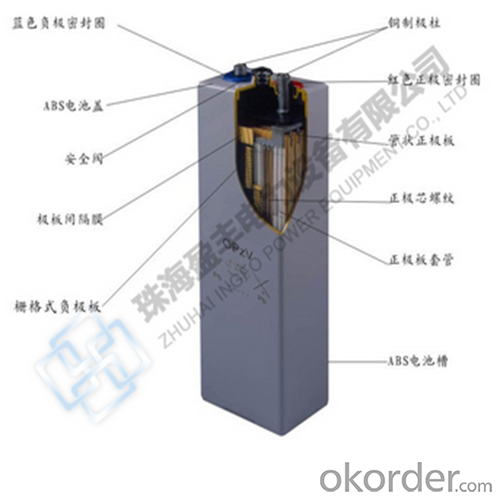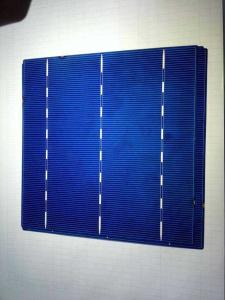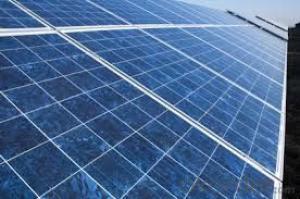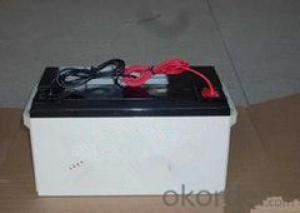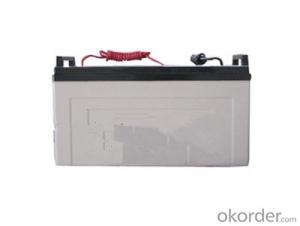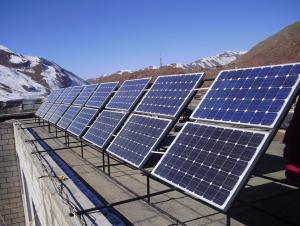Novel Solar Cells Compatible OPZV Tubular Battery 2V 500/600/800/1000/1500AH
- Loading Port:
- China main port
- Payment Terms:
- TT OR LC
- Min Order Qty:
- 1 pc
- Supply Capability:
- 100000 pc/month
OKorder Service Pledge
OKorder Financial Service
You Might Also Like
Structure of Product Description
What is the product?
· Precision explosion relief valve shall be adopted
· Advanced wrapping technology and assembly technology
· Designed life is fifteen years,excellent performance of battery in low temperature and superiority in consistence and stability
· Can be used at vertical or horizontal orientation
· Balanced design for both floating and cyclic operation
· Low self-discharge rate and long shelf life
· Connecting terminal adopts stainless steel bolt,thus it has the characteristics of high strength and non-deforming
· Design with patented corrosion resisting alloy and thickened plate
What is the purpose of the product?
· Data Centre (High Rate UPS)
· Telecommunication
· Banks & Financial Centre
· Hospital& Testing Laboratories
· Power Generation Plants
· High Power Backup Supply
· Design with patented corrosion resisting alloy and thickened plate
What advantages do the product have ?
· Stable quality&high reliability
· Sealed construction
· Environmentally friendly
· Maintenance-free operation
· Low pressure venting system
· Heavy duty grid
· Low self discharge
Main feature of the product?
*safety and reliable
*environmental friendly and fast delivery
*low self diacharge
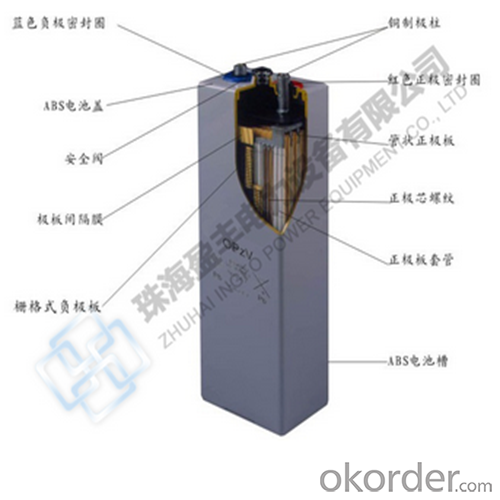
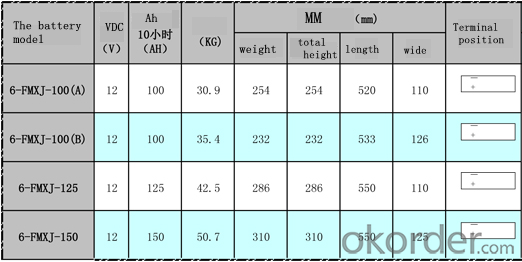
FAQ:
*Question:How long does it can service?
Answer:The service life of it in more than a decade.
*Question:What’s price per watt?
Answer: It’s depends on the quantity, delivery date and payment terms of the order. We can talk further about the detail price issue. Our products is high quality with lower price level.
*Question:Can you tell me the parameter of your solar panels?
Answer:We have different series of cells with different power output, both from c-si to a-si. Please take our specification sheet for your reference.
- Q: What is the most common type of solar cell?
- The most common type of solar cell is the crystalline silicon solar cell.
- Q: What is the impact of pollution or smog on solar cell performance?
- The impact of pollution or smog on solar cell performance is significant. These environmental factors can reduce the amount of sunlight reaching the solar cells, leading to a decrease in their efficiency. Airborne particles, such as dust, soot, and pollutants, can deposit on the surface of the solar panels, blocking and scattering the sunlight. This reduces the absorption of solar radiation and hampers the conversion of light into electricity. Additionally, smog can further diminish solar cell performance by creating a haze that limits the clarity and intensity of sunlight. Overall, pollution and smog can have a detrimental effect on the efficiency and output of solar cell systems.
- Q: How do solar cells handle electromagnetic pulses?
- Solar cells are generally not designed to handle electromagnetic pulses (EMPs) as they are vulnerable to the high-intensity and short-duration bursts of electromagnetic radiation. EMPs can cause significant damage to the delicate components of solar cells, such as the semiconductor materials and electrical connections, leading to a decrease in their efficiency or even complete failure. However, certain protective measures can be taken, such as shielding the solar panels or using surge protectors, to minimize the potential impact of EMPs on solar cells.
- Q: Is that true that the price of solar cells will be reduced in the coming year?
- There are some policy change from the central government that financial subsidies of purchasing solar cells from the government will be lowered compared to last year. This could be a big reason for the price going down.
- Q: What is the history of solar cell development?
- The history of solar cell development dates back to the 19th century when the photovoltaic effect was first discovered by French physicist Alexandre-Edmond Becquerel in 1839. However, it wasn't until 1954 that the first practical silicon solar cell was developed by Bell Labs scientists. This breakthrough led to the commercialization of solar cells and their initial use in space applications, such as powering satellites. Throughout the 1960s and 1970s, solar cell technology continued to advance, primarily driven by research and development efforts in the United States. The energy crisis of the 1970s further fueled interest in renewable energy, including solar cells, leading to increased investment and technological advancements. In the 1980s and 1990s, solar cells became more efficient and affordable, making them increasingly popular for off-grid applications, such as powering remote locations and providing electricity to rural communities. Governments and organizations worldwide started implementing policies and incentives to promote solar energy adoption. In the early 2000s, there was a significant growth in the solar industry, driven by technological improvements, increased manufacturing scale, and declining production costs. This led to the widespread adoption of solar panels for residential and commercial use, as well as grid-connected solar power plants. Today, solar cells continue to evolve, with ongoing research focused on improving efficiency, durability, and reducing costs. The integration of solar cells into various applications, such as building materials and consumer electronics, further expands their potential. The solar industry plays a crucial role in the global shift towards clean and sustainable energy sources.
- Q: What is the lifespan of solar cells?
- The lifespan of solar cells typically varies between 25 to 30 years, although some high-quality panels can last up to 40 years with proper maintenance and care.
- Q: What is the internal structure of solar panels
- Very low, but the photoelectric conversion efficiency relative to the crystalline silicon cell more than half of the point, but the low light effect is very good, in the ordinary light can also generate electricity, such as the calculator on the solar cell.
- Q: Can solar cells be used on vehicles other than cars?
- Yes, solar cells can be used on vehicles other than cars. Solar cells can be integrated into various types of vehicles including buses, motorcycles, bicycles, boats, and even spacecraft. The energy generated by solar cells can be used to power the vehicle's electrical systems, reduce reliance on fossil fuels, and contribute to a more sustainable transportation infrastructure.
- Q: How are solar cells used in military applications?
- Solar cells are used in military applications to power various devices and equipment, such as communication systems, surveillance equipment, and remote sensors. They provide a reliable and renewable source of energy in remote locations where traditional power sources may be limited or unavailable. Additionally, solar cells can be integrated into portable solar panels, backpacks, or tents, allowing soldiers to charge their electronic devices and batteries on the go, enhancing their operational efficiency and reducing their reliance on fuel-based generators.
- Q: Can solar cells be used in cloudy weather?
- Yes, solar cells can still be used in cloudy weather, although their efficiency may be reduced. Cloud cover will block some sunlight, causing a decrease in the amount of energy that can be generated by the solar cells. However, modern solar cell technology has improved to the point where even on cloudy days, some electricity can still be produced.
Send your message to us
Novel Solar Cells Compatible OPZV Tubular Battery 2V 500/600/800/1000/1500AH
- Loading Port:
- China main port
- Payment Terms:
- TT OR LC
- Min Order Qty:
- 1 pc
- Supply Capability:
- 100000 pc/month
OKorder Service Pledge
OKorder Financial Service
Similar products
Hot products
Hot Searches
Related keywords

